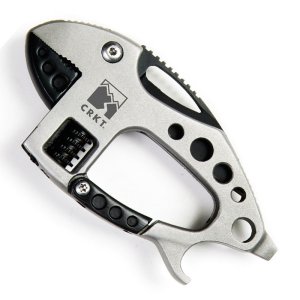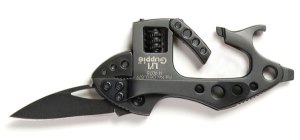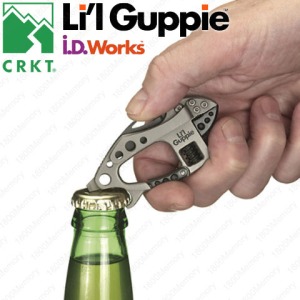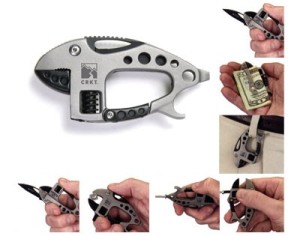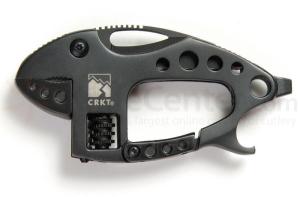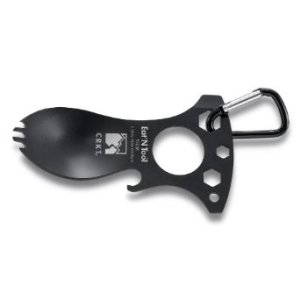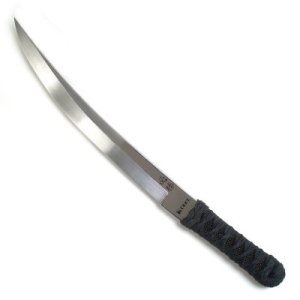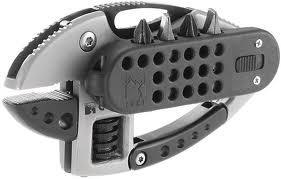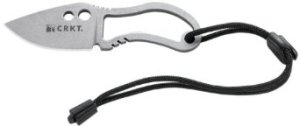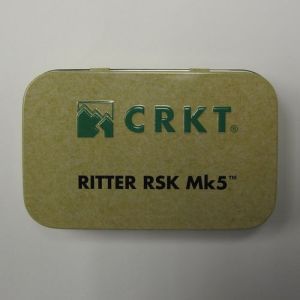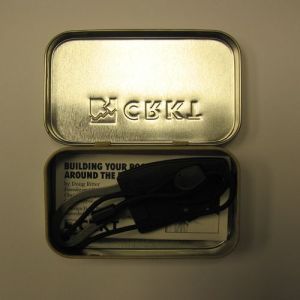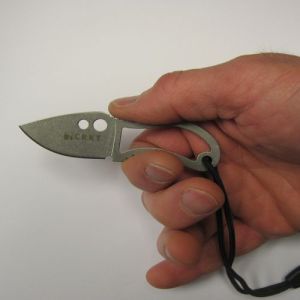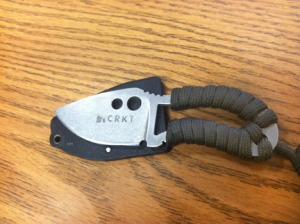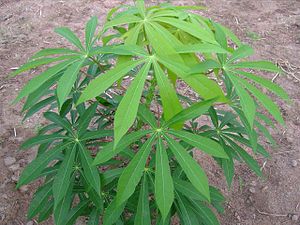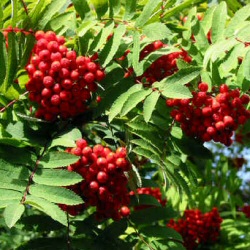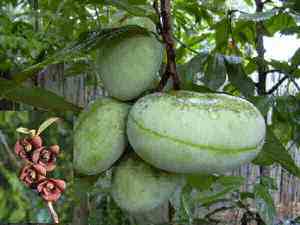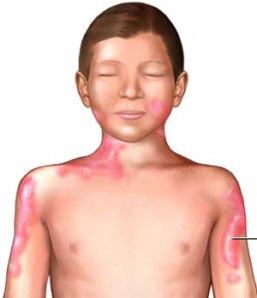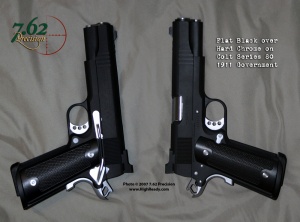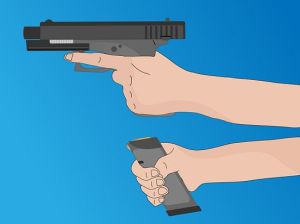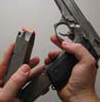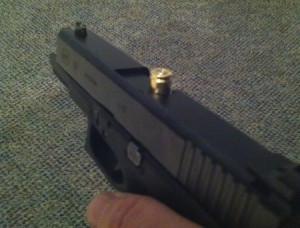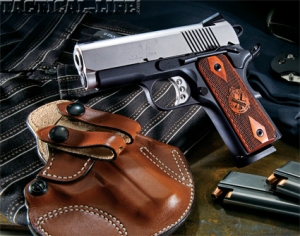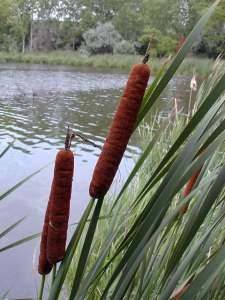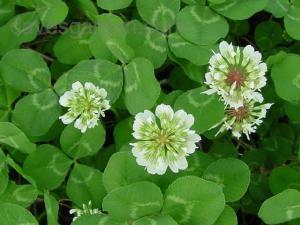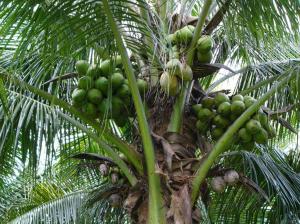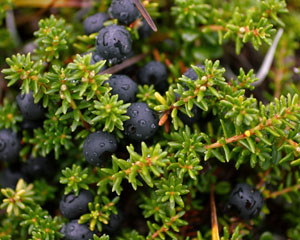What’s up Steel Junkies,
It’s been a while since I have reviewed a new product, I only want to review products that I actually put to the test for you so you are getting a real honest review. So today we are going to go back to the basics and review two different blades from Gerber. We are gonna be learning about the Gerber Paraframe I Stainless Steel Serrated knife, and the Gerber RipStop Stainless Steel Straight Edge. These two blades are some of Gerber’s more affordable knives. I purchased both these at Target. The Paraframe I was roughly $30.00 and the RipStop I was about $15.00. First lets learn a little bit about the history of Gerber.
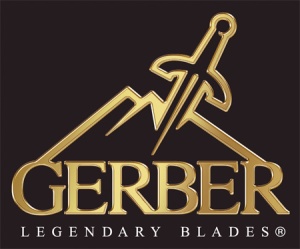
History of Gerber:
Gerber was founded in 1939 by a gentleman named Joseph R. Gerber in Portland Oregon. Gotta love that this is a good old North West company. It started out as a small batch of handmade cutlery sets that were given as holiday gifts. It quickly turned into thousands of retail accounts around the country. Gerber makes different knives for different purposes.
Military:
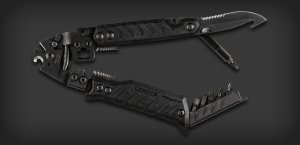
They specialize in Military were every design is based on direct feedback from members of our Armed Forces. Iconic knives such as Mark I, Mark II, and the Guardian series are some of the inspirations for Gerbers Military knife lines. Some of the innovative products that they have developed for the Military is the Cable Dawg, LMF II and the De Facto which serve alongside the standard issue Gerbers such as MP600 and the Gerber Strap Cutter.
Hunting:
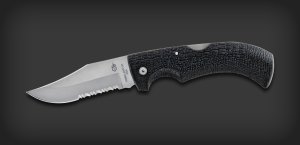
From the smallest game to the epic trophy, Gerber equips the great predator on earth The Hunter. They focus on making their blades evenly balanced and tough as nails, they focus on making specific gear with long lasting blades, tactile handles and all weather sheaths. Their most famous hunting knife is the Gator which has paved the way for some of todays most innovative blades on the market.
Survival:
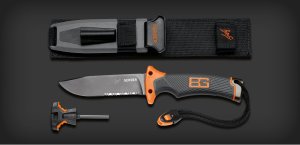
Some men enjoy hunting in the great outdoors and some men just enjoy being in the great outdoors. For the men that enjoy nature for what it is they have created the Bear Grylis line of knives. They specialize in knives for the first timer boy scout on their first trip to the seasoned adventurer exploring some of the highest mountains in the world.
Tactical:
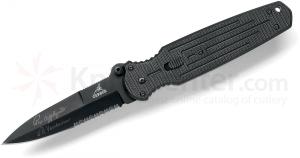
Gerber created the Tactical line to service the men and women who protect us on the home front from Police officers, to firefighters, to EMTs. One staple of that line is the Covert series which was developed in conjunction with one of the greatest close quarters combat and fighting instructors Colonel Rex Applegate.
Outdoor:
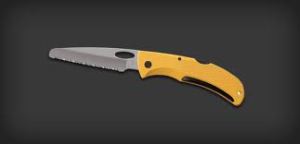
Gerber takes being outdoors to the next step and they do not generalize they specialize by making knives that are specific to all activities, Their Outdoor line specializes in Hiking, Camping. Be the man who is prepared for everything with E-Z Out Rescue, and don’t forget the new Steady blade which are breaking ground in the industry and challenging the status quo on what tools can do.
Essentials:
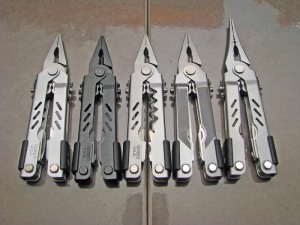
Next they have what they call the Essentials. Gerber Essentials are the tools and knives that get us out of unexpected jams every single day. They are the pocket tools, multi-pliers and everyday carry. One of their top sellers is the Compact Sport MP400 and the Gerber LST, they both utilize their famous one handed open and close technology.
Industrial:
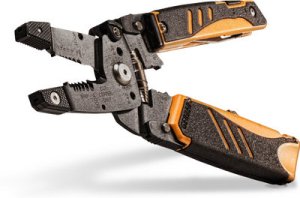
Last but not least is the Industrial line. We cannot forget the men and women who build out countries infrastructure. They are constructed with advanced materials, both lightweight and indestructable, every tool is designed for all-day efficiency and durability. One of the top sellers is the Gerber Legend and the Gerber Groundbreaker.
Over the last 70 plus years Gerber has taken your grandpa’s wooden handle folder blade and took it to the next level.
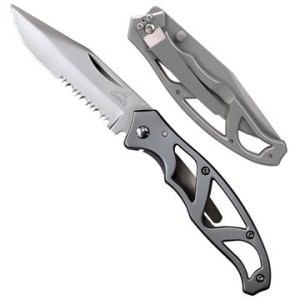
Now lets get back to business and review the Paraframe I. The Paraframe I has eight different knives in the series. I carry the serrated for those extra tough cutting jobs. The Paraframe I is based on a minimal frame lock design. It is wonderfully simple, open frame(skeleton) knife with a serrated locking blade that is super lightweight, it cleans easily and opens effortlessly. The Paraframe is built with a smooth stainless steel handle and a pocket clip to secure the blade to your pocket. The knife has an overall length of 7.01 inches with a blade length of 3.01 inches. Closed it is only 4.11″ with a total weight of 2.6 oz. The blade of the knife is a Clip Point that is made of High Carbon Stainless Steel. The Paraframe is a great everyday folder. I personally used it as my EDC for about two years and didn’t have to sharpen it once. It could have used one but it was not necessary. I mostly used it for cutting boxes, rope, paper, and fabric and anything else that came across the blade, it made quick work of everything I put to the test. For the price it is a great knife, and I really like the skeleton handle. It was the first knife I owned that was this style and I was a little concerned about the lack of grip but I didn’t have any problems. After owning the knife for 4 years and it being my EDC for 2 straight years the knife has no blade play at all. It is as tight today as it was the first day I took it out of the package which is pretty amazing for a $30.00 knife.
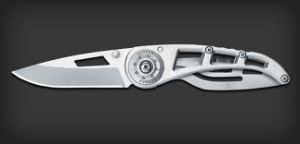
Next up we are gonna be reviewing the Gerber RipStop I, the blade I own has a fine straight edge with a Clip Point tip. Gerber built these knives for the non-conformist in you. The RipStop I is super lightweight from lock concept that delivers bold strength and high functionality. The weight of the all Stainless Steel blade that is only 5.75″ in overall length, with a blade length of 2.3″ and when closed it is only 3.4″ is only 2 oz because of the intriguing handle and blade design. All bulk has been stripped off this streamlined race car of a blade. The RipStop has dual thumb studs that make opening the blade a snap for either left or right handers, and closing it is just as simple one handed. I have really enjoyed owning this knife. I bought it only a few months after I purchased the Paraframe because of the skeleton style handle like the Paraframe. I actually carried both blades most of the time, I would carry the larger Paraframe in my back pocket and the smaller RipStop in the front pocket. Sometimes you just didn’t need a 4 inch blade to do the work a 2 in blade could just as easy. It is also not as threatening when whipping it out at work and cutting open a box especially when you work with all women, or when they ask to use something to open a box or package. I could hand them the smaller of the two blades and they don’t look at me like I am some blade freak for having a huge pocket knife even though secretly I am. bwahahahaha(that was supposed to be my evil genius laugh). Once again this knife has cut everything I asked it to but unfortunately it dulled rather fast on me and after years of abuse the blade has quite a bit of play on it. It wiggles back and forth and side to side, and with the design you cannot tighten it without specialized tools. For $15.00 the blade is a good buy and I would recommend it to anyone looking for a small pocket knife for light duty jobs. I recommend this knife for any women who want a small knife they can carry in their purse without adding much weight at all.
So today we reviewed two different Gerber knives, the RipStop I, and the Paraframe I. Both are lightweight and stainless steel blades that I would recommend to anyone who needs a lightweight durable knife for light duty jobs. I hope this review will help you in deciding if one of these knives is right for you. If you have any questions or comments please leave them in the comments section and I will answer them. Also don’t forget to click on the follow link so you don’t miss out on any updates.
Thanks for reading and keep buying those blades, in my opinion you can never own enough. Blade Junkie for life.
nw Tacitacl
